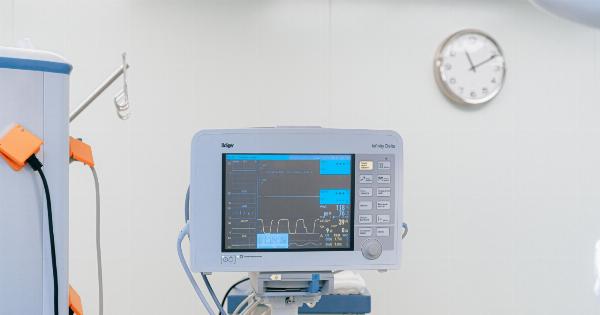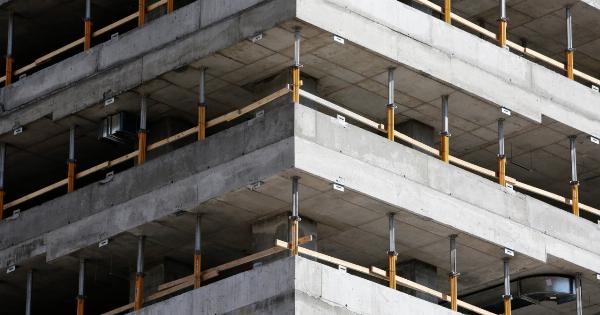Sciatica refers to pain that radiates along the path of the sciatic nerve, which is the largest nerve in the body. This nerve starts in the lower back and travels through the buttock and down the back of each leg.
When the sciatic nerve is compressed or irritated, it leads to a condition known as sciatica. If you are experiencing pain, tingling, or numbness in your lower back, buttock, and leg, you may be suffering from sciatica. Here are some common symptoms to look for:.
1. Lower Back Pain
One of the most common symptoms of sciatica is lower back pain. The pain may be a dull ache or a sharp, shooting sensation that worsens with movement. It usually starts in the lower back and radiates down the buttock and leg on one side of the body.
2. Buttock Pain
Sciatica can also cause pain in the buttock or hip region. This pain often feels like a deep ache and may be accompanied by a sensation of numbness or tingling.
3. Leg Pain
The hallmark symptom of sciatica is leg pain. The pain can range from mild to severe and may feel like a burning or electric shock.
It typically follows the path of the sciatic nerve, traveling from the buttock down the back of the thigh and into the calf and foot.
4. Numbness and Tingling
Many people with sciatica experience numbness or tingling sensation along the course of the affected leg. This sensation is often described as pins and needles or a “creeping” feeling.
5. Muscle Weakness
Sciatica can cause muscle weakness in the affected leg, making it difficult to walk or perform daily activities. Weakness may be present in the buttock, thigh, calf, or foot muscles.
6. Pain while Sitting
Sitting for prolonged periods can exacerbate sciatica symptoms. People with sciatica may feel increased pain or discomfort when sitting, especially on hard surfaces.
7. Difficulty Standing
Along with the pain and weakness, sciatica can make it challenging to stand for long periods. The pain may intensify while standing and may be relieved by sitting or lying down.
8. Pain with Movement
Movements that require bending, twisting, or lifting can trigger or worsen sciatica symptoms. Activities such as bending forward, walking uphill, or climbing stairs may increase the pain.
9. Radiating Pain
Sciatica pain typically radiates from the lower back to the buttock and down the leg. The pain may extend below the knee and can even reach the foot or toes. The intensity of the pain may vary from person to person.
10. Worsening Symptoms
If left untreated, sciatica symptoms may worsen over time. The pain may become more severe, and the frequency of episodes could increase. Seeking timely treatment is crucial to prevent further complications.

























